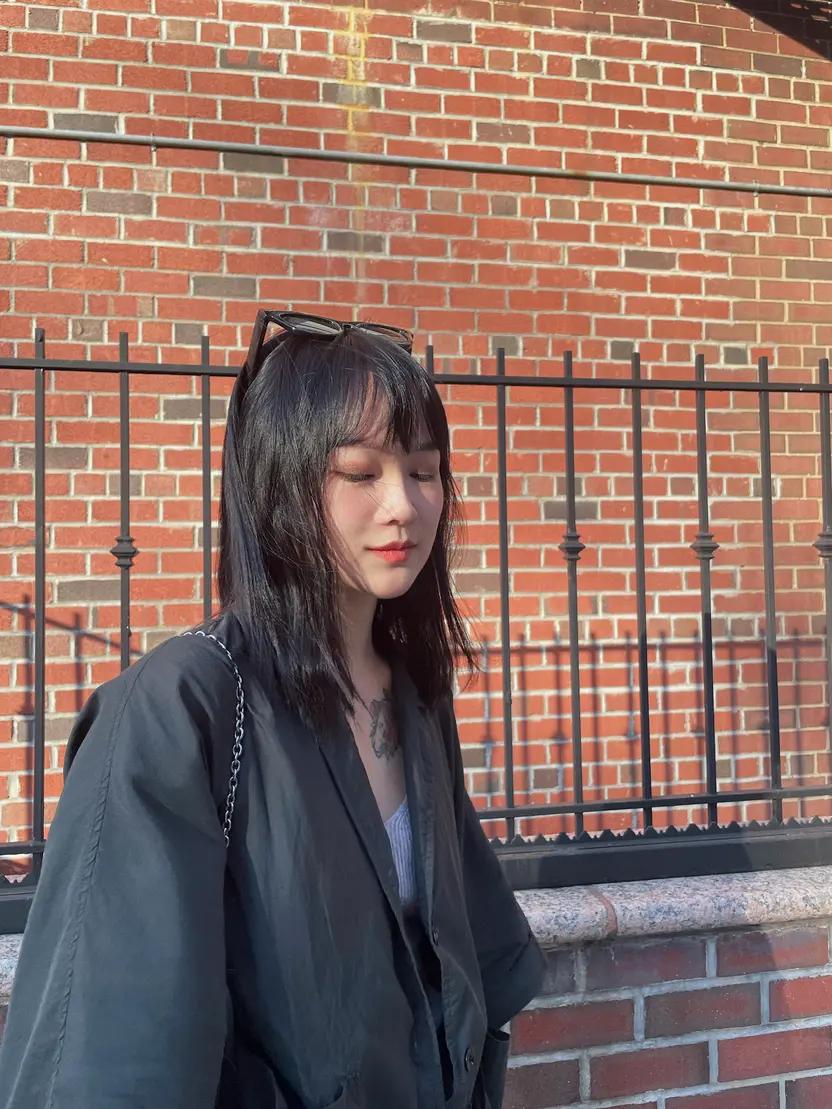What is Abstract Design?
Abstract design refers to an artistic style that utilizes shapes, colors, forms, and gestural marks to create a composition that may exist independently from visual references in the world. By definition, the concept of abstract design is subjective and is often open to the interpretation of the individual viewer. Unlike figurative designs that directly represent real-world objects and scenarios, abstract design tends to convey ideas or emotions in a more conceptual way. This approach is widely utilized in various domains such as graphic design, web development, branding, and modern art, amongst others.
Key Takeaways
- Abstract design is rooted in the use of non-representational forms, diverging from real-world visual references.
- This style is primarily used to evoke specific emotions, ideas, or concepts, often allowing for multiple interpretations.
- It plays a vital role in graphic design and branding, offering innovative ways to communicate a brand's essence.
- Abstract design can increase engagement through intriguing visuals that capture the viewer’s curiosity.
- The dynamism of abstract design allows for creativity without the constraints of traditional design guidelines.
Applications of Abstract Design in Modern Industries
Abstract design finds vast applications across various industries. In branding, it can be used to create logos that stand out due to their unique and unconventional nature. The fashion industry often incorporates abstract patterns into textiles, preferring the aesthetic freedom it allows. Additionally, digital platforms leverage abstract design in user interface and user experience to captivate and retain user interest with novel visually striking layouts. Abstract concepts like minimalism and futurism in web design are deeply influenced by abstract design principles.
Why Abstract Design Appeals to Contemporary Audiences
In today's fast-paced digital world, audiences are drawn to designs that challenge their perceptions and provoke thought. Abstract design’s ability to stimulate intellectual and emotional responses makes it particularly effective. Its flexible nature allows for adaptation across cultural contexts, making it versatile for global audiences. Moreover, abstract designs often become a canvas for personal and collective reflections, resonating with a diverse demographic base seeking meaning beyond conventional boundaries.
The Bottom Line
Abstract design is crucial for those seeking to differentiate their brand or product in an oversaturated market. Its potential to convey depth and evoke unique emotional connections makes it an essential consideration for marketers and designers aiming to leave a lasting impression. For businesses, employing abstract design can be a strategic move to align with cutting-edge trends and cater to audiences eager for fresh, innovative, and intellectually engaging content. Understanding and embracing abstract design could be the key to unlocking creative freedom and establishing a compelling visual identity.














